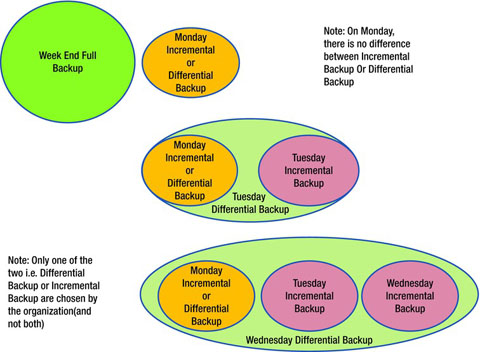
They are called hard disks because the metal oxide on which the magnetic information is stored is placed on a solid, hard disk. They are generally reliable and robust with fast access to stored data. Some hard drives are removable and so provide convenient portable storage between computers. They are generally found within the case of the computer and hence are not portable. Hard disk – this form of magnetic media is used for bulk storage of data and programs. Some common examples of secondary storage devices are: Although slower than magnetic media, optical media are more robust (stored data are not affected by magnetic radiation) and have larger storage capacities for their size. The presence or absence of a pit on the surface of the disk is used for binary storage. Optical media devices use lasers to bum tiny craters or pits onto the surface of a plastic or metallic disk. Care needs to be taken that magnetic radiation doesn't spoil any stored data. Conversely, when writing data to magnetic media, the read/write head converts the binary signals from the CPU into magnetic charges. When data are read from magnetic media, the read/write head is used to convert the different magnetic poles into binary numbers that the CPU can process. These two poles are used to represent 0's and 1's and hence binary numbers. Magnetic storage devices use the principle that magnetically charged material has both a North and South Pole. Most storage devices use either magnetic or optical storage media. There are many kinds of secondary storage, each with advantages and disadvantages. Secondary storage, sometimes called auxiliary storage, is non-volatile and is used to store data and programs for later retrieval.

Stuart Ferguson, Rodney Hebels, in Computers for Librarians (Third Edition), 2003 Secondary storage


 0 kommentar(er)
0 kommentar(er)
